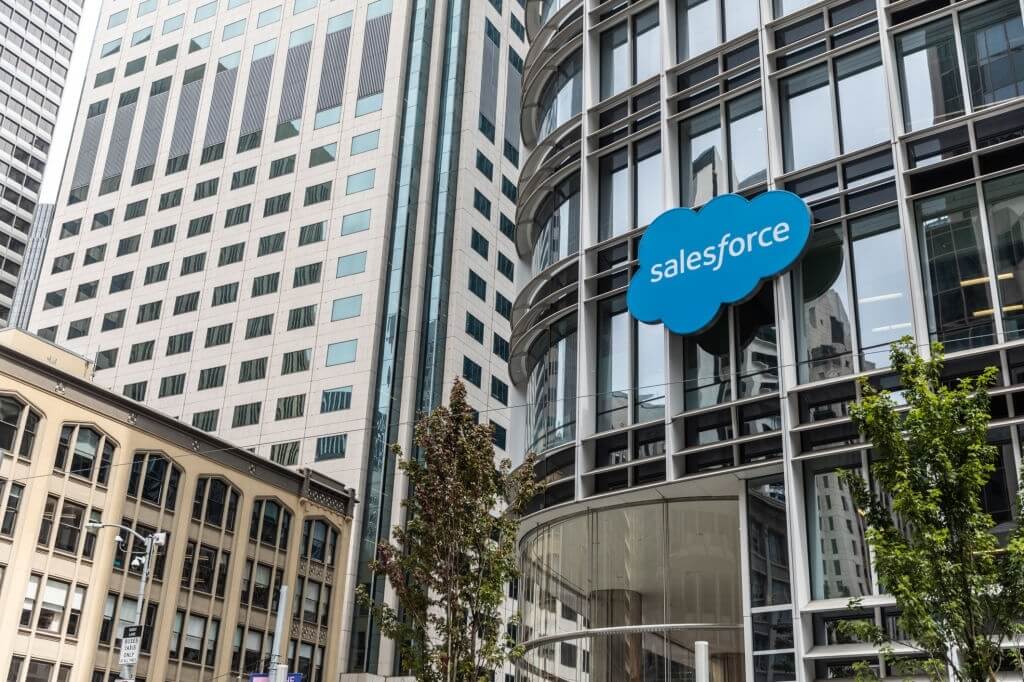Salesforce is one of the most powerful CRMs systems in the world, used by large, medium-sized, and small businesses. It is used by businesses to seal deals faster, and maximize sales.
Additionally, companies that use Salesforce are likely to report a higher customer retention rate, thanks to Salesforce’s data tracking and a robust data collection feature that allows you to store customer information easily.
So what exactly are opportunity stages in Salesforce?
Well, opportunity stages are found normally in the sales process. They include prospecting, preparation, approach, handling objections, presentation, and closing.
Some businesses have a slightly modified process that suits the product or service they’re selling and the type of customers they’re targeting. When using a CRM like Salesforce, salespeople can easily record each of those stages.
Here is how salespeople do it:
Prospecting stage
During this stage, a salesperson generates leads. Salespeople can either get leads directly from the marketing team and record them, or generate them using social media platforms such as LinkedIn which has a Sales Navigation, a useful feature that makes generating leads easier.
Preparation stage
In this stage, the salesperson does some background research before calling a prospect. Information such as the prospect’s occupation, name of their company, who their clients are, their phone number, and email, are all recorded on the CRM.
The salesperson can also create a script that will be used to call the prospect. Moreover, they can create a qualifying question that they will use to determine if the prospect has a need for the product.
Approach
In this stage, the salesperson approaches the prospect. There are two ways this can be done, virtually or face-to-face. If the approach is done face-to-face, it is essential to always make an appointment.
Also, if the salesperson will be demonstrating how the product works, an appointment should be made. The date and time that a presentation will be made are recorded on the CRM as well.
Presentation
On the day of the presentation, the salesperson contacts the prospect to confirm availability. At the time of the presentation, the salesperson demos the product.
Any questions arising from the presentation that could not be answered are recorded. Any suggestions made by a prospect are also recorded on the CRM.
Handling objections
If there are any price-related objections, they are also recorded on Salesforce. Any product related queries that can only be answered by the production team can be recorded as well. Next time when the salesperson has all the answers, it becomes easier to close the prospect.
Follow-up
In this stage, the salesperson follows up with the prospect. Finds out if the prospect has any further questions, and if there are, they are duly recorded on the CRM.
Closing
This is the final stage when the sale is made, and a prospect is converted into a paying customer. The salesperson uses the CRM to store crucial customer information such as bank details, the name of the business, the date when payment will be made, etc.
Depending on the nature of the business, the customer’s information is sent to the onboarding team that will later welcome the customer!

